 |
| The Local Time is Saturday, 27-Jul-2024 11:24:38 CEST |
Ashmolean Museum |
|
|||
| YOU ARE HERE: Main Home Page > Places to Visit > Oxford > Ashmolean Museum |
|
|
 |
|
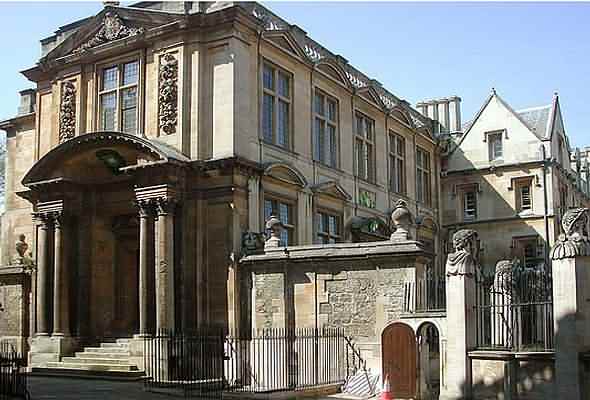 The old Ashmolean museum of the History of Science - Britain's oldest museum building 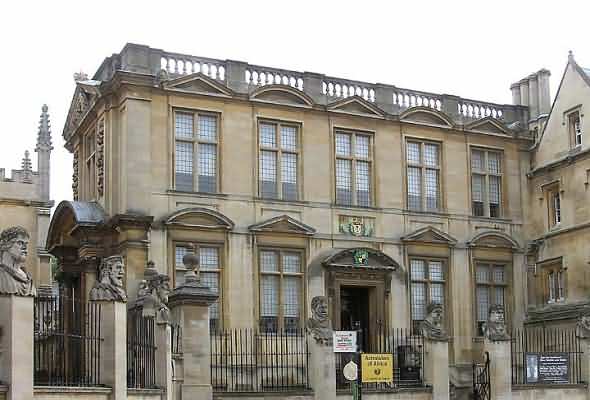 The old Ashmolean museum - side view 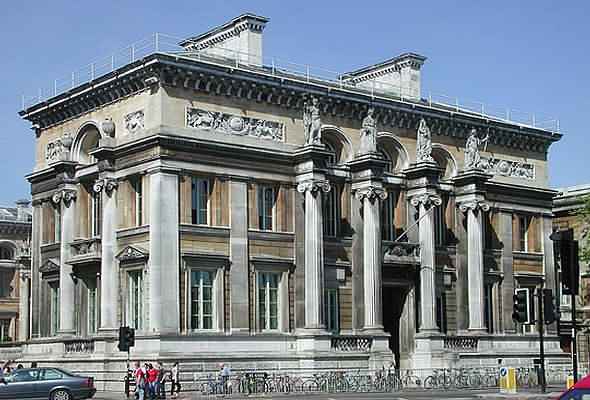 The new Ashmolean Museum - opened 1845 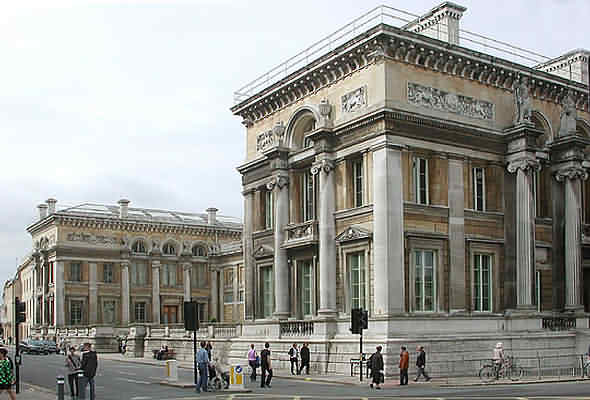 The New Ashmolean Museum - The building consists of a centre and two projecting wings. 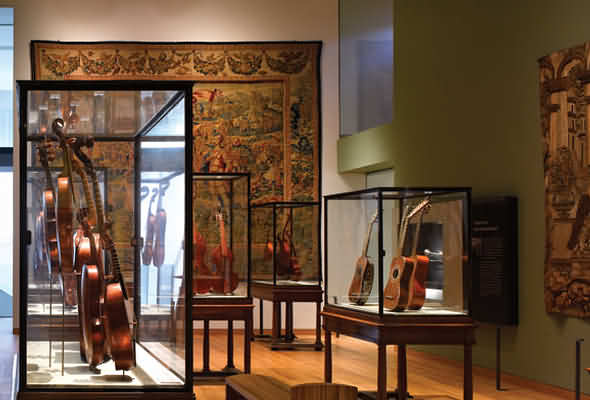 Inside new Ashmolean |
||||||||||||||||||||||||||||||||||||||||||||||||||||||||
|
||||||||||||||||||||||||||||||||||||||||||||||||||||||||
|
||||||||||||||||||||||||||||||||||||||||||||||||||||||||
The Ashmolean Museum - Britain's oldest museumThe Old Ashmolean- Broad Street, Oxford, OX1 3AZThe Ashmolean Museum is the world's first university museum. Its first building (the Old Ashmolean) was built in 1678–1683 to house the cabinet of curiosities of Elias Ashmole - he gave them to Oxford University in 1677. It is a Grade I listed building built in Headington stone by the Oxford University in, and patched with Clipsham stone in 1960.
The collection of curiosities included antique coins, books, engravings, geological specimens, and zoological specimens, one of which was the stuffed body of the last dodo ever seen in Europe; but by 1755 the stuffed dodo was so moth-eaten that it was destroyed, except for its head and one claw. The museum opened on 24 May 1683, with naturalist Robert Plot as the first keeper. The Old Ashmolean museum is now the home of the Museum of the History of Science, and has an unrivalled collection of scientific instruments from medieval times to the 17th century. Its collection of 18th and 19th-century instruments is also substantial. The new Ashmolean- Beaumont Street, Oxford, OX1 2PHThe 'new' Ashmolean Museum of Art and Archaeology dates from 1845. In 1908 the present Ashmolean museum format was created by combining two ancient Oxford institutions: the University Art Collection and the original Ashmolean Museum. The older partner in this merger, the University Art Collection, was based for many years in what is now the Upper Reading Room in the Bodleian Library. The building was designed by Charles Cockerell in a classical style and stands on Beaumont Street. One wing of the building is occupied by the Taylor Institution, the modern languages faculty of the university. The main museum contains huge collections of archaeological specimens and fine art. The objects of curiosity include Guy Fawkes’ lantern and a sword said to have been given by the pope to King Henry VIII. The collection was enhanced by the addition of its prize possession, the Alfred Jewel (discovered in 1693 at North Petherton in the English county of Somerset), in 1718.This Saxon relic is a gold-encrusted, enameled ornament intended to grace the end of a staff, or scepter. The association with King Alfred the Great is uncertain, though the Latin inscription (which translates as "Alfred had me made") and the richness of the jewel makes it likely that only someone as powerful as Alfred could have been responsible for its creation. VisitingAshmolean Museum- Beaumont Street, Oxford OX1 2PHDaily 10am to 5pm Ashmolean CaféThe Ashmolean's eating and shopping area on the lower ground floor is a lovely place to take a break. Cakes and pastries are freshly baked every day; there are warming soups and a range of sandwiches for lunch. Traditional cream tea is served from 3pm. Rooftop’ RestaurantEnjoy a fixed price menu offer in the beautiful surroundings of The Ashmolean Dining Room on Friday and Saturday evenings. Ideal for a pre-Theatre place to eat. The Ashmolean Dining Room is open every evening Tuesday to Saturday for Christmas meals from December 10th to December 23rd. Booking is essential Monday–Wednesday 10am–4.30pm |
||||||||||||||||||||||||||||||||||||||||||||||||||||||||
| BACK TO TOP | ||||||||||||||||||||||||||||||||||||||||||||||||||||||||
|
||||||||||||||||||||||||||||||||||||||||||||||||||||||||
| BACK TO TOP | ||||||||||||||||||||||||||||||||||||||||||||||||||||||||
The Ashmolean Museum |
||||||||||||||||||||||||||||||||||||||||||||||||||||||||
| This page last modified Friday, 12-Mar-2021 15:07:07 CET | ||||||||||||||||||||||||||||||||||||||||||||||||||||||||





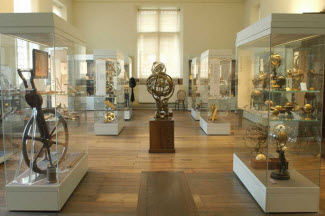 It was the first museum in the world to open its doors to the public and is the world's oldest surviving purpose-built museum building. This museum was probably designed by the
It was the first museum in the world to open its doors to the public and is the world's oldest surviving purpose-built museum building. This museum was probably designed by the 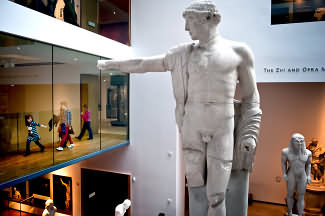 The museum has one of the best collections of Pre-Raphaelite paintings, majolica pottery and English silver. The archaeology department includes the bequest of Arthur Evans and so has an excellent collection of Greek and Minoan pottery. The department also has an extensive collection of antiquities from Ancient Egypt and the Sudan, and the museum hosts the Griffith Institute for the advancement of Egyptology.
The museum has one of the best collections of Pre-Raphaelite paintings, majolica pottery and English silver. The archaeology department includes the bequest of Arthur Evans and so has an excellent collection of Greek and Minoan pottery. The department also has an extensive collection of antiquities from Ancient Egypt and the Sudan, and the museum hosts the Griffith Institute for the advancement of Egyptology.